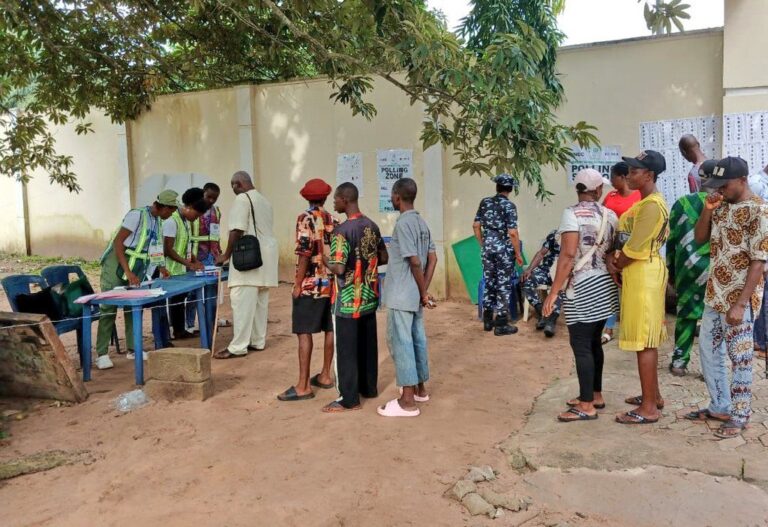The Nigeria Centre for Disease Control and Prevention (NCDC) has revealed that the number of cerebrospinal meningitis deaths in the country have increased to 151, with a record of 1,826 suspected cases, having a case fatality rate (CFR) of 8.3 per cent, across 121 local government areas in 23 states.
The agency in its Epidemiological Week 12 Report, covering the period from March 17 to March 23, 2025, also disclosed that Kebbi and Sokoto were the worst hit, amongst the 10 states accounting for 94 per cent of suspected cases.
The 23 states reporting suspected CSM cases are Adamawa, Akwa Ibom, Anambra, Bauchi, Bayelsa, Benue, Borno, Ebonyi, Ekiti, FCT, Gombe, Jigawa, Kano, Kaduna, Katsina, Kebbi, Niger, Ondo, Osun, Oyo, Plateau, Sokoto and Yobe.
The agency said: “A total of 1,826 suspected cases with 151 deaths (CFR 8.3 per cent) have been reported from 23 states in the current season.
A total of 289 samples were collected from some of the reported suspected cases since the beginning of the season, with 126 confirmed (44 per cent positivity rate) NmC accounts for 27 per cent, NmW 13.5 per cent, Spn 2.1 percent and NmX 0.7 percent and Hib 0.3 per cent each of the confirmed cases. Age group 5 -14 years remains the most affected group.
Sixty per cent of the total suspected cases are Male. “Ninety-four per cent of all suspected cases are being reported from 10 states – Kebbi (881), Katsina (158), Jigawa (147), Yobe (109), Gombe (47), Sokoto (303), Borno (36), Adamawa (27), Oyo (23) and Bauchi (66).
“Seventeen LGAs across nine states reported more than ten suspected cases in the current CSM season. Gwandu (313), Tambuwal (155), Aleiro (143), Katsina (69), Kankia (54), Sule-Tankarkar (29), Jega (61), Fune (28), Maiduguri (29), Jahun (15), Birnin kudu (13), Nafada (13), Nguru (53), Bauch (25), Gamawa (20), Taura (14), SuleTankarkar (30), Birnin kudu (13), Nafada (13) and Yola South (13).
Meningitis is a serious infection of the meninges, the membranes covering the brain and spinal cord. It is a devastating disease and remains a major public health challenge.
The disease can be caused by many different pathogens, including bacteria, fungi or viruses, but the highest global burden is seen with bacterial meningitis, according to the World Health Organisation.
One in four survivors suffers permanent disabilities such as hearing loss, limb weakness, difficulties with vision, speech, language, memory and communication, as well as scarring and limb amputations.
Seasonal outbreaks are common during the dry season, which runs from December to June, peaking between March and April when low humidity and high dust levels prevail.















